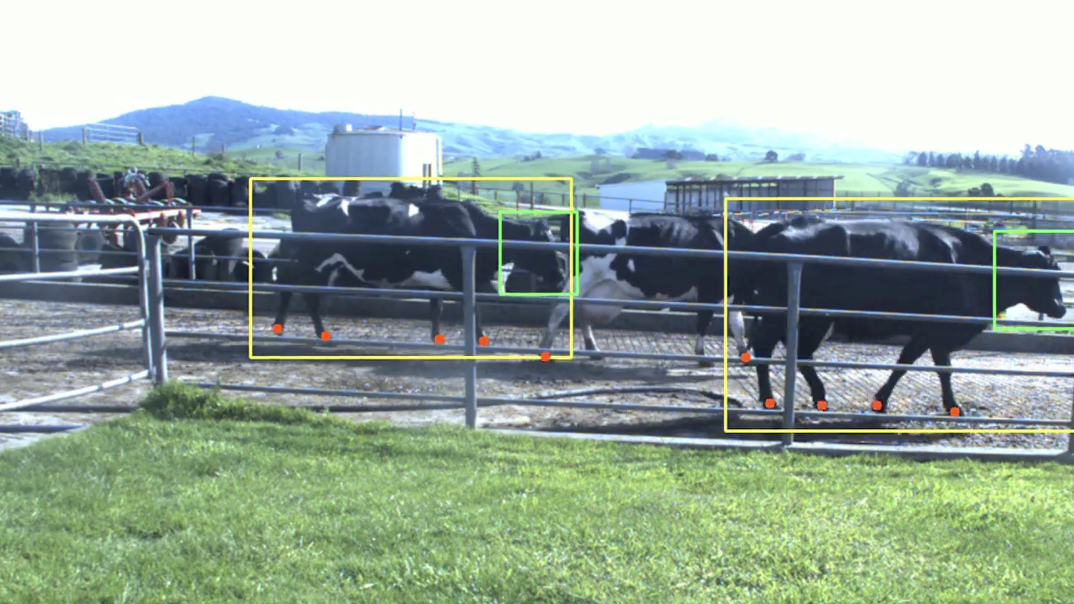With a focus on farm improvement and research to keep New Zealand at the leading edge of dairy farming, LIC is experimenting with artificial intelligence and sophisticated imaging techniques to monitor and track lameness on a daily basis.
Injuries and illnesses of hooves, or ‘lameness’, can lead to declining body condition and milk production, and if left untreated, impact the survival of the cow in the herd. This results in significant losses for the dairy industry.
LIC’s science leader, Bevin Harris, says that the new technology could mean farmers can detect lameness at a much earlier stage, leading to shorter recovery times, and therefore lower costs, improved cow health and welfare.
“Lameness is concerning for farmers on several fronts - health and safety for both cow and farmer, as well as the cost and time involved in detecting and treating animals.
“With this new technology, farmers could receive daily alerts that show trends. This trend information can then be used to develop prevention strategies that address the underlying causes of lameness at an earlier stage. In time we would expect to see a reduction in the overall incidence of lameness through the use of this software,” said Harris.
Indicators for lameness can be seen in the back arch and gait patterns of cows, but with the average NZ dairy cow herd size being 414 cows (NZ Dairy Statistics 2016-17), early detection can be a challenge. A study from Massey University found that only 27% of the cows showing reduced mobility (lameness score of at least 2) were identified by NZ farmers.
LIC intends to develop a system that will identify all levels of lameness and output a lameness score based on the DairyNZ scale of 0 – 3, tracking and recording the movement of each hoof and head using cameras.
Healthy Hoof Adviser and Anexa FVC Veterinarian, Hanneke Officer says lameness has a far greater impact on production than often realised.
“Cows are very tough, so lame cows will keep up with their herd mates until it becomes too painful to do so, which is often lameness score 2 and 3. However, production losses start weeks before lameness is detected by farm staff.
“A lame cow will lie down more, walk less and eat less. This results in reduced quantity of milk, but also reduced quality through altered fat and protein levels. If this technology can pick up cow lameness at score 1, then there could be a major impact on the financial and economic losses of lameness,” says Officer.
LIC expects AI-powered image analysis to be revolutionary to dairy farmers, who currently require training to lameness score and spend time monitoring and recording each animal as they see them.
“Our aim is that the system will identify all levels of lameness. Smart use of this early trend information can be very useful to reduce workload on-farm,” says Harris.
Knowing the low-level lameness trend allows farmers to make early changes in environmental or herd management conditions to avoid a rapid increase in cases of lameness. This can be achieved by improving races, or grazing in closer paddocks at critical times, or seeking professional advice.
The co-op is hoping to start prototyping a system in the 2018 season.
Software to help farmers identify lameness.

With a focus on farm improvement and research to keep New Zealand at the leading edge of dairy farming, LIC is experimenting with artificial intelligence and sophisticated imaging techniques to monitor and track lameness on a daily basis.




